
March 10, 2024 | Daily JAM, Morning Briefing |
A month after the stock market was rocked by a worse-than-expected inflation report, investors are fearing a reprise when the latest data arrives on Tuesday. Last Thursday stocks rallied when Fed Chair Jerome Powell said in his testimony before the Senate that the central bank is “not far” from being ready to cut interest rates. But this week Fed officials are in their regular blackout period ahead of their meeting on March 19 and 20. Absent Fed commentary on the inflation report, stocks may be volatile again.
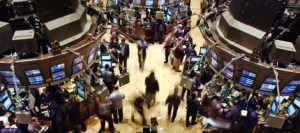
February 24, 2024 | Daily JAM, Short Term |
I think.the market to continue to come to terms with the likelihood that the Federal Reserve will begin to cut interest rates later than expected in 2024 and will make fewer cuts than expected.
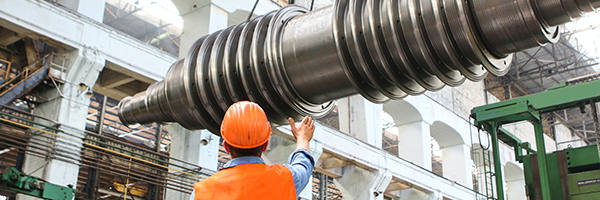
February 16, 2024 | Daily JAM, Morning Briefing, Short Term |
The Labor Department reported Friday that its producer price index—which tracks inflation before it reaches consumers—rose 0.3% from December to January. The index had dropped -0.1% in December. Measured year over year, producer prices rose by 0.9% in January. But the month to month increase in producer prices and at a higher month to month rate is the latest sign that getting inflation the “last mile” down to the Federal Reserve’s 2% target rate is going to be harder and take longer than expected.

February 12, 2024 | Daily JAM, Mid Term |
When I wrote my post “Was the Meta Platform 20% pop the market top? An important sign, yes,, but not for the reasons you think” I wasn’t thinking of a three-part series. But then came Part 2 “Why his isn’t 2000–I don’t see a replay of the Dot-Com Bear Market.”
And now Part 3: “OK, It’s not 2000, but that doesn’t mean there’s no risk in the market.” Part 3 in this series is going to segue right into the new Special Report that I’ll post on Wednesday with seven concrete steps I think you should implement now to protect your portfolio. But for today, I’m going to focus on a framework for thinking thinking about reward and risk in the current market. Think of the topic as “Why your portfolio needs protection now–even if we aren’t looking at a Bear Market.”
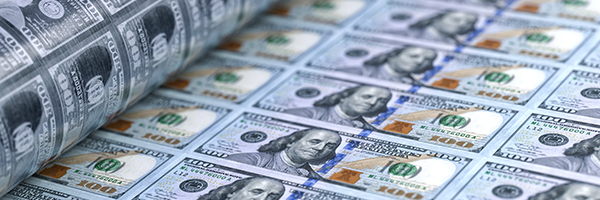
January 16, 2024 | Daily JAM, Morning Briefing |
Mae West said, “Too much of a good thing is never enough.” For the financial markets that’s just not true, however. The markets are prone to swing to excess and then to painfully retrace the extreme end of the swing. You can see it happening now with interest rates and the bond market.
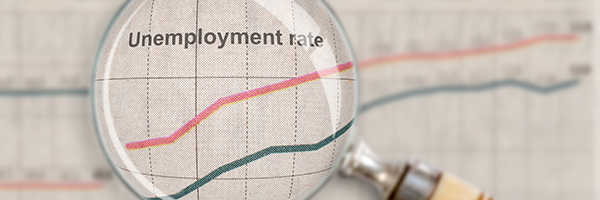
January 5, 2024 | Daily JAM, Morning Briefing |
The U.S. economy added 216,000 jobs in December, up from 173,000 the previous month. That was a bg surprise to Wall Street. Economists surveyed by Bloomberg had expected had added 175,000 jobs . The unemployment rate held steady at 3.7% for the month from November, according to the Bureau of Labor Statistics. Economists had expected the unemployment rate to tick higher to 3.8%. The the BLS revised previous reports of job gain donward for December and November. Looking solely at these headline numbers, you’d conclude that the labor market is running hotter than expected/hoped by investors and that this report lowered the odds that the Federal Reserve would begin cutting interest rates as early at its March 20 meeting. And that fears that the Fed would delay interest rate cuts would hurt stocks. That isn’t exactly what happened today

December 12, 2023 | Daily JAM, Morning Briefing |
If you follow the headline numbers (what’s known as All Urban Consumers) for the Consumer Price Index (CPI), you’d say, “See inflation continues to fall; the Federal Reserve will cut rates quickly in 2024.” But you’d be following the wrong CPI number.

December 1, 2023 | Daily JAM, Morning Briefing |
It wasn’t the most forceful pushback it’s true, but the financial markets paid attention to Federal Reserve Chair Jerome Powell’s attempt to say interest rate cuts aren’t just around the corner for about two minutes. And then the rally based on a belief in 4 or 5 cuts in 2024, and as early as March (and certainly by May), was off and running again.

November 12, 2023 | Daily JAM, Short Term |
I expect Tuesday’s Consumer Price Index report for October to be critical in determining whether the Christmas rally narrative can be sustained.

May 23, 2023 | Daily JAM, Mid Term |
Today, May 23, finally saw some fear in stock prices. The Standard & Poor’s 500 closed down 1.03% on the day. The Dow Jones Industrial Average ended down 0.59%. The NASDAQ Composite was down 1.17% and the NASDAQ 100 dropped 1.21%. The small-cap Russell 2000 was off just 0.21%. That’s a remarkably small drop considering the S&P 500 was up 9.97% for 2023 as of the close yesterday. And the NASDAQ Composite was ahead 22.01% for the year as of the May 22 close. Looking at this market, what cries out for explanation isn’t why stocks slide today but why they have remained so strong in the signs of a slowing economy and a continued debt ceiling crisis that could, potentially, result in a default by the United States.
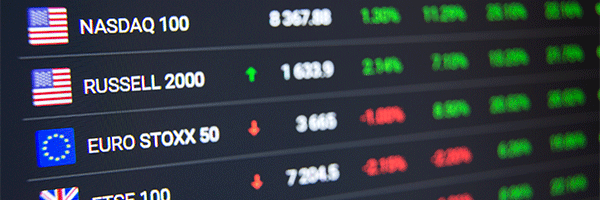
May 3, 2023 | Daily JAM, Short Term |
Immediately after the Federal Reserve’s decision to raise interest rates another 25 basis points today, stocks moved up on a reading of the Fed’s 2 p.m. statement released with the rate news that saw the Fed as saying it would begin to cut interest rates soon. At 2:26 p.m. New York time the Standard & Poor’s 500 was up 0.58%. In Wednesday’s statement, the Fed said, “In determining the extent to which additional policy firming may be appropriate to return inflation to 2% over time, the committee will take into account the cumulative tightening of monetary policy, the lags with which monetary policy affects economic activity and inflation, and economic and financial developments.” In March, the central bank had said it “anticipates that some additional policy firming may be appropriate in order to attain a stance of monetary policy that is sufficiently restrictive to return inflation to 2 percent over time.” But stocks peaked for the day shortly after Fed chair Jerome Powell began his press conference at 2:30 p.m.

July 5, 2022 | Daily JAM, Morning Briefing, Short Term |
Stocks sold off heavily this morning with the Standard & Poor’s down 2% and the NASDAQ Composite off 1.9%. They have rallied in the afternoon so that the S&P 500 is up 0.16% and the NASDAQ is up 1.75% at the close. What we’re seeing is the current consensus at work.











